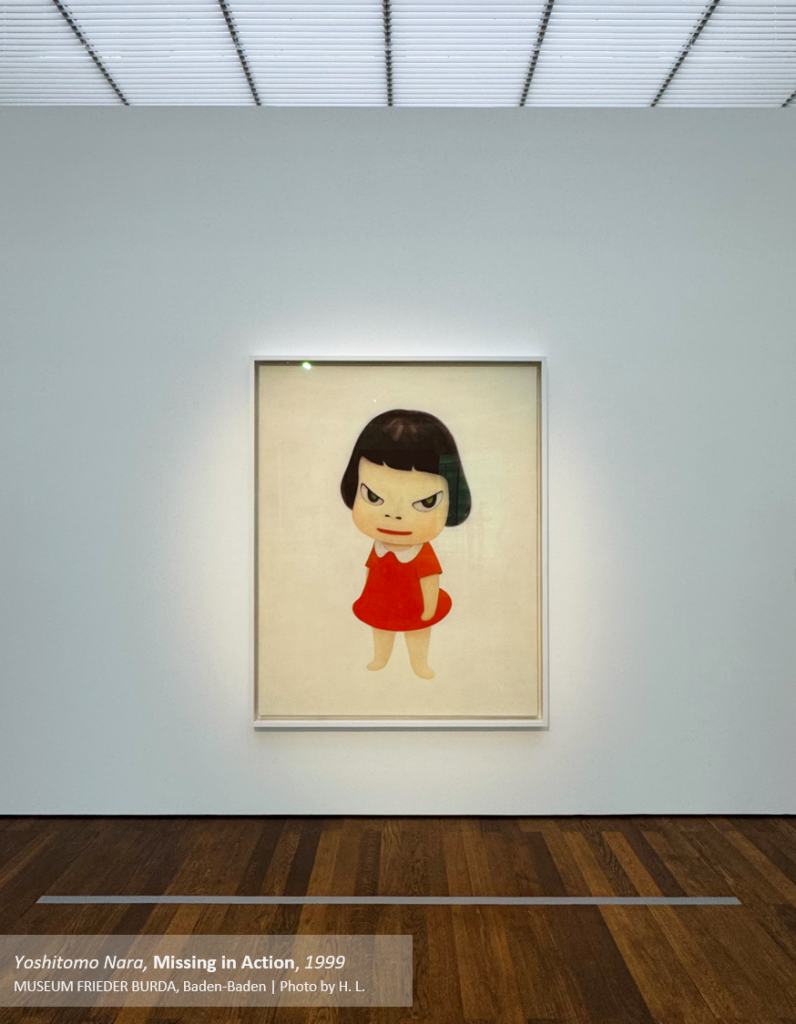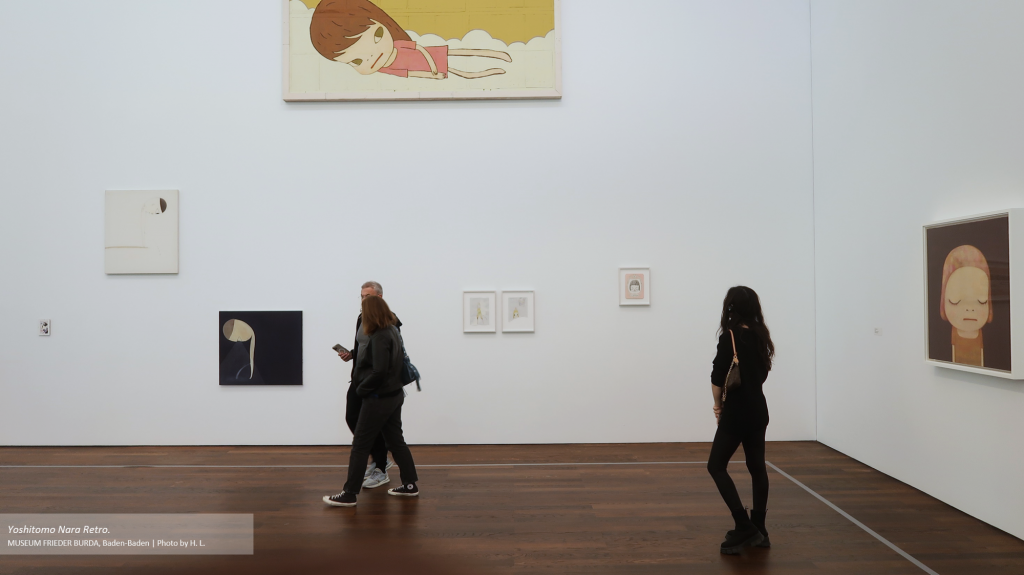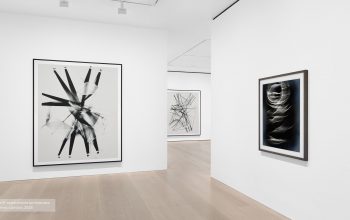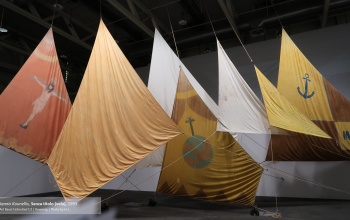
Some exhibitions unfold like clear narratives. Others shimmer with quiet ambivalence, casting their meanings not through grand declarations but through the slow accumulation of gesture, gaze, and remembered silence. The Yoshitomo Nara retrospective at Museum Frieder Burda belongs to the latter kind. It is a show that invites pause. Not because it overwhelms, but because it whispers—and leaves the echo to grow on its own.
To stand before one of Nara’s portraits is to be suspended in the soft distance between color and contour. These are not flat images; they breathe. Look closer, and one sees a faint veil, a pale powder dusted like memory across the pigment. It is not oil, not pastel—it is something quieter: a technique borrowed, perhaps unconsciously, from the broken surfaces of late Renaissance frescoes. There, too, time lives in the skin.
He has spoken—rarely, but firmly—of his obsession with Pontormo and the frail luminosity of wall-bound saints. In his paintings, the same treatment occurs not on saints, but on girls with blunt bangs and unwritten stories. A white tonality lifts from the cheekbones, floats on the eyes, smudges the edges of anger. And just like that, the defiance dissolves into distance. The wall remembers. The face forgets.
Such handling of surface is not decorative. It is devotional. A refusal of finish. A resistance to clarity. It is also where his painterly self departs most clearly from the flat graphics that once defined his early reception. These figures are not manga. They are not icons. They are frescoed shadows on canvas, scraped from something unspoken.

There is a silence in these works that does not seek to be broken. It rests in the gesture—the hesitation in the line, the weight in the brush, the powder where color once was. And somewhere, behind all of it, the wall that no longer exists.



